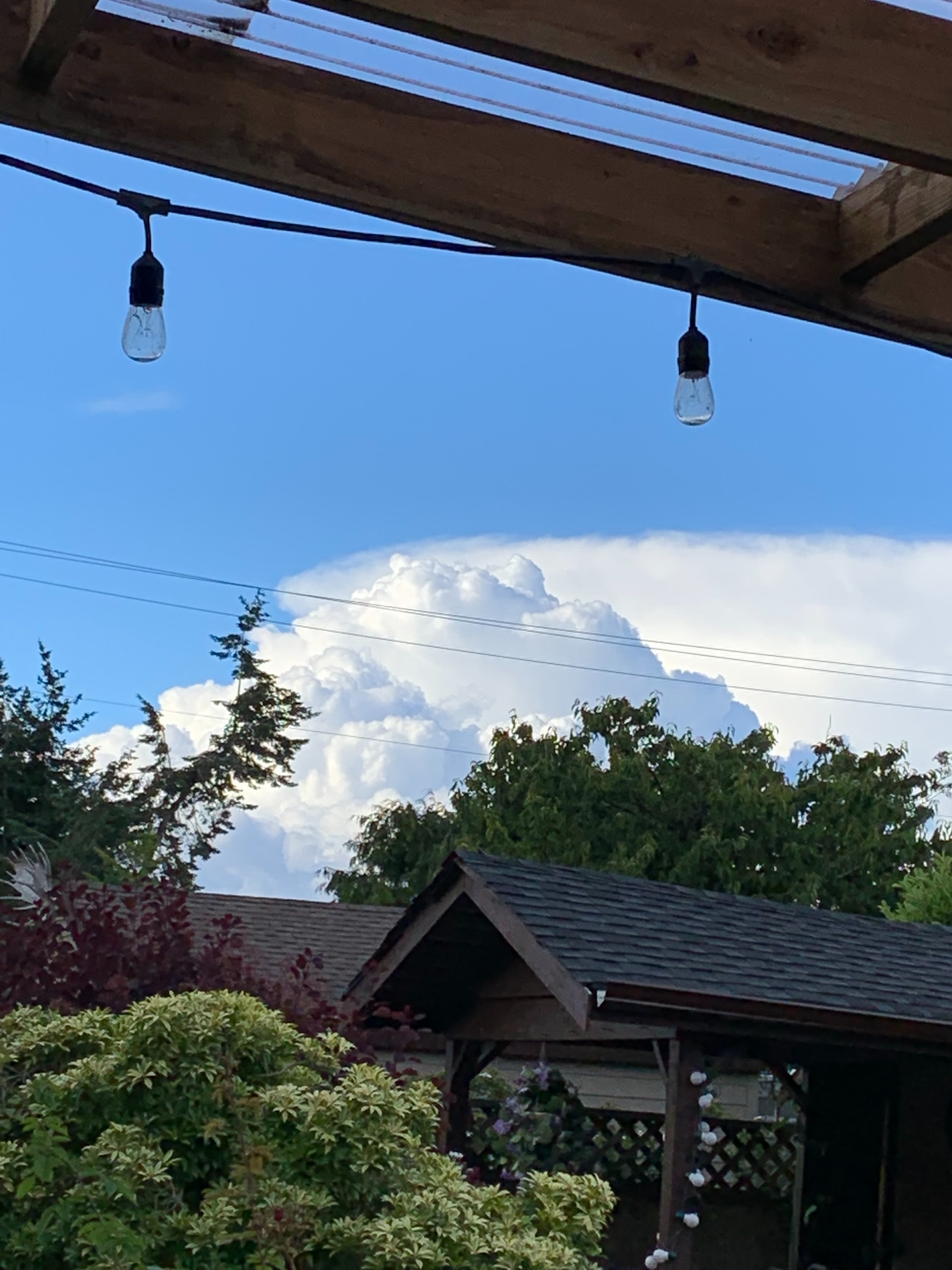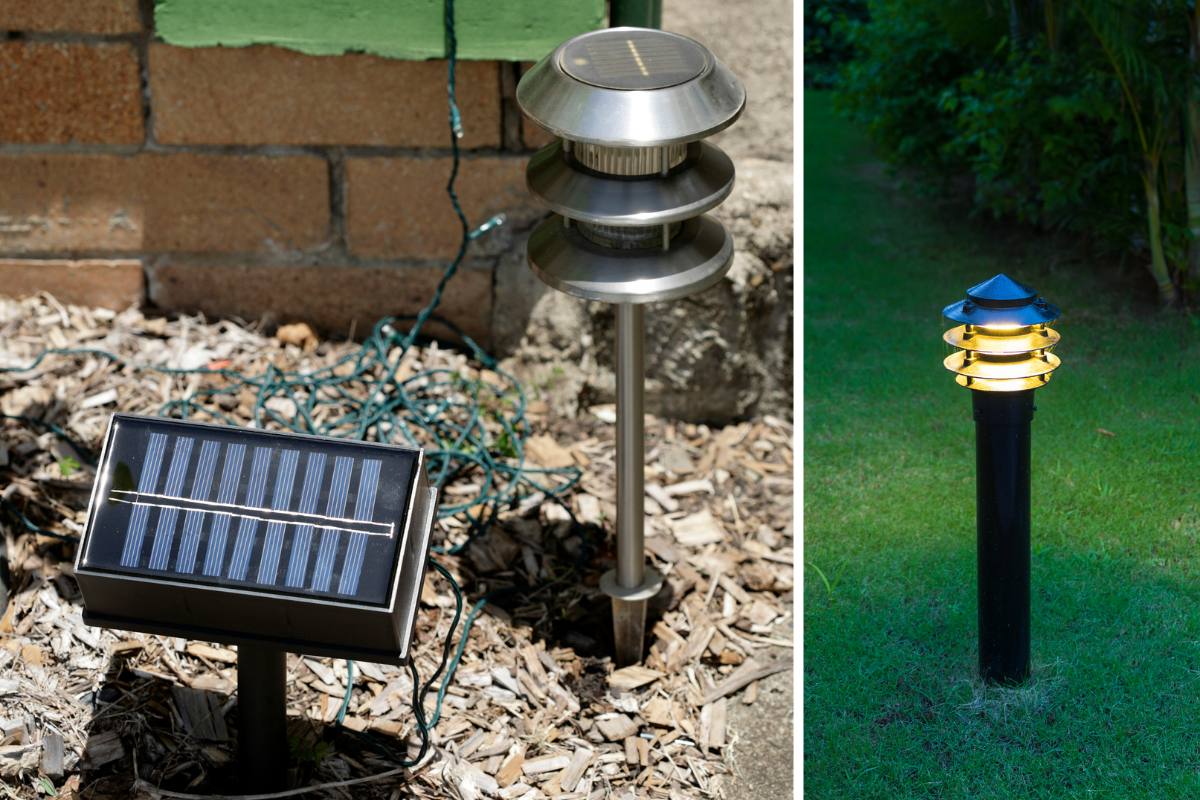Axter, a waterproofing system supplier from France, has created a new way to utilize solar modules on many different types of buildings. The company mentioned that this method had been checked by Centre Scientifique et Technique du Batiment, which is a certifying body in the construction industry in France.
The process is named the Surfa 5 Topsolar, which is developed by Axter’s Center for Research and Development in Courchelettes in northern France.
The process makes it possible to put stiff PV modules on roof terraces and buildings that have a bituminous waterproofing coating. Depending on the climate, 60% to 65% of commercial rooftops and 22% to 27% of residential rooftops are suitable for PV.
They said that these are ready-to-go and can easily be available to waterproofers, building owners, and installers. Axter added that it integrates various insulation types, single- and double-layer bituminous waterproofing methods, and many other coupling versions to install inclined or flat modules.
Surfa 5 Topsolar is ideal for 3 kinds of load-bearing elements. These are steel, concrete, and wood. They can also be installed on rooftops as long as the slope is not more than 10% and the modules need to lay parallel to the waterproofing or tilted by 10 degrees.
This solution is made to better the exposure of the panels and the installation and performance of PV. Moreover, this method is also believed to withstand strong winds.
Axter produced the waterproofing protective layer for this method at their Courchelettes site. The aluminum parts were also arranged on the same site. Surfa 5 Topsolar can use 5 kinds of standard PV modules, such as the panels made by Volted Solar in France.
The PV roofing industry is continuously developing because of the ambitious goals of a multi-year energy plan which aims to install 20.1 GW of PV power in 2023.


